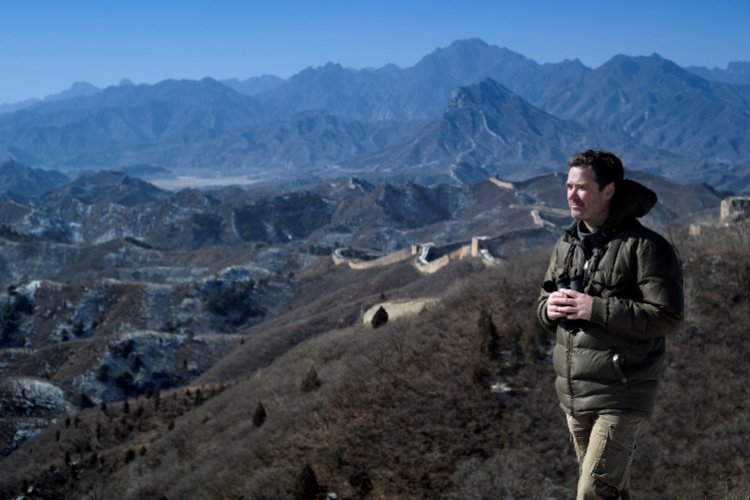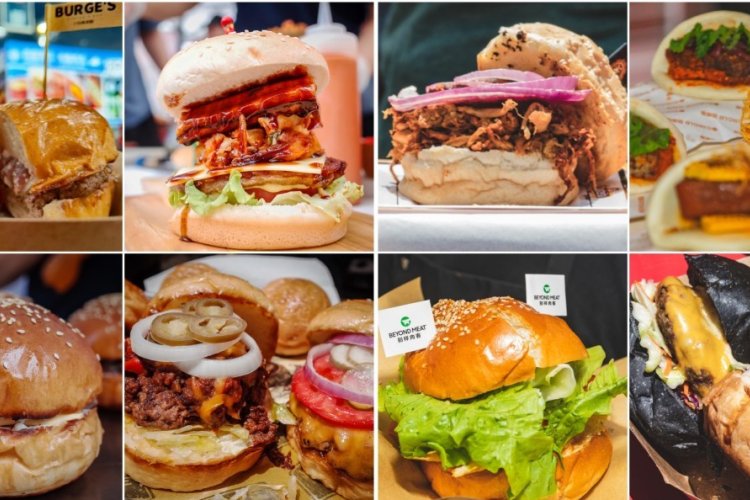Serpent’s Lament: The Horrors of China’s Snake Trade
They’re seen as predators – depicted with fangs bared, bodies coiled, eyes beady as they focus and strike with lethal precision. But now that the Year of the Snake has slithered upon us, animal activists are saying there is no better time to reconsider the victims of China’s reptile trade. “Snakes are decapitated or skinned alive. We have video footage that shows skinless, headless snakes writhing and twitching in a pile,” says Chang, a PETA Asia campaign coordinator who has overseen several investigations into the infamous snake farms.
According to Chang, those facilities drain the serpents’ venom for traditional Chinese medicinal remedies, gouge out their flesh for snake meat dishes and scrape their skin for fashion accessories. “Because of their slow metabolism, many snakes suffer for hours or even days until they finally die [after being flayed],” she says. “Others slowly suffocate to death.”
Mike Perry is a snake farmer for African Reptiles and Venom, a breeding and safari center that also specializes in selling venom. He says those barbaric practices are practically a thing of the past. “Traditionally, snakes were collected and ‘milked’ until they died, and then just replaced,” says Perry, one of the few international snake breeders who would answer our questions. (Several Chinese venom merchants and snake farmers were contacted, but none would comment on record.) “But protection laws are now in place here in South Africa, and other countries. This makes snakes more valuable to keepers. The last thing they want to do is kill them and then try to replace them.”
To learn more about this controversial trade, we asked Chang and Perry to peel back the layers of snake farming. We also sought out the expertise of Sarah Dempsey, a campaigner with NGO Animals Asia, and Daniel Natusch, an Australian wildlife biologist who has examined Asian snake-trade issues for organizations like the UN International Trade Center.
Mike Perry of African Reptiles and Venom says new ecological laws are keeping serpents safe in many African countries. How do Chinese snake farms stack up?
Sarah Dempsey: There are very few legitimate snake farms in Asia. Many front that they are breeding facilities, but capture a large number of wild snakes, harming the viability of wild populations and biodiversity.
Daniel Natusch: That’s just not true. There are literally hundreds of Asian farms that are legitimately breeding. But some facilities use more appropriate methods of slaughter than others. Industry standards need to be set up to ensure all snakes are killed humanely.
How are the snakes captured?
Hailey Chang: It takes a long period of time for snakes who are farmed to grow to a size where selling them for meat or skin is profitable. So many snakes used in the trade are taken from the wild in poachers’ nets. Some species of snakes live in holes in the sides of river banks and hide there as long as the water is low. The water submerges their homes in the rainy season and the snakes leave, but that’s when some are captured in nets strung across the river banks by trappers. During our investigation into the exotic skins trade, PETA witnessed one netted snake with a wound so deep that bones were visible where the skin was scraped away.
How is their venom extracted?
HC: To make sure the snake cannot turn and attack, his head is pinned down by a nail or a hook around his neck. The snake is then provoked until he becomes aggressive, opens his mouth, exposes his fangs and starts spitting. Its head is pushed onto a latex membrane-covered vessel. He bites, and his venom drips from his fangs into the vessel. Farmers are often bitten while performing this process.
SD: If the process itself is done properly, it is not harmful. However very frequent milking and rough handling can be damaging to the snakes. Some of the snake villages, which offer shows with these reptiles for tourists, remove the venom glands to avoid envenomation from regular handling. This process is usually carried out without anesthesia, in non-sterile conditions, by someone who is not trained, and can result in death of the animal from chronic infection.
But if, as you say, snake venom is extracted properly and harmlessly, what medicinal benefits does it offer?
Mike Perry: Components of snake venom are used in lots of medicines, particularly for dissolving blood clots. There is a lot of research in the use of venoms to attack tumors and carcinomas, so a cure for cancer may one day be in the cards.
Also, without snake venom you cannot manufacture snakebite antivenom. The snake venom is injected into horses, who then manufacture antibodies against it. The antibodies are later harvested from the horse’s blood, and the plasma containing the antibody is separated from the blood.
How is that fair to the horses?
MP: You may argue that it is unfair to the horse to inject snake venom into it, so that its body can manufacture antibodies. But if we don’t use horses, what will we use? You cannot use a stone or something inert – it has to be a living animal. If the child of an animal rights activist gets bitten by a snake, are they going to refuse anti-venom because it was manufactured using a horse? I don’t think so.
How is snake meat processed?
SD: Snake meat, and the consumption of the still-beating hearts of freshly killed snakes in Southeast Asia, is actually perpetuated by Western tourists. Speak to many locals and they will confirm that this is not in fact tradition. It’s a lucrative business made for hordes of thrill-seeking foreigners, who like to blog about partaking in such barbaric traditions and justify it as immersing themselves in local culture.
Can you describe the conditions at snake farms and in pet markets?
SD: They are kept in very high stocking densities, to save space and maximize output, and many die from dehydration and malnutrition. They are also frequently kept in “pit” setups, where hundreds of snakes are piled in on top of one another. It’s worth noting too that snakes are solitary creatures, and being kept in this kind of environment goes completely against the natural history of their species
DN: It would be naive to assume that inhumane treatment of snakes used for venom extraction doesn’t occur in some places. But the facilities I know of are well-run and managed commercial or government enterprises that have to adhere to strict animal welfare standards. People should also keep in mind that many of the issues surrounding this trade stem from a lack of education, rather than malicious intent on the part of the traders.
This article originally appeared on page 58 in the February issue of the Beijinger.
Photo: Richard Thomas/Traffic






